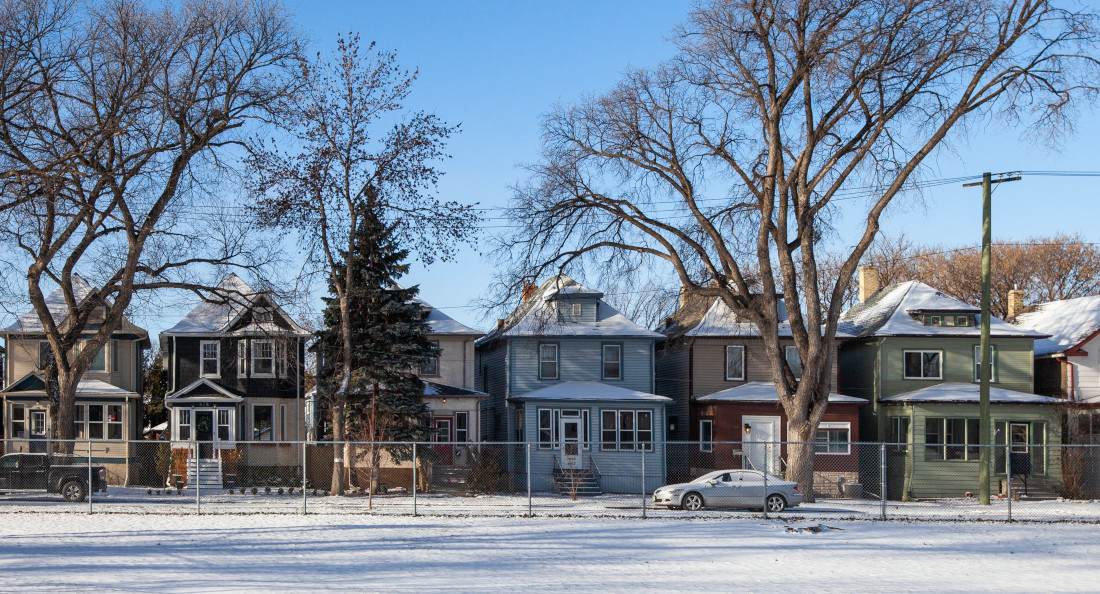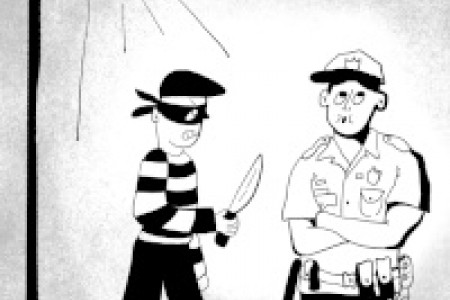Favourite local neighbourhood
1. Wolseley
2. West Broadway
3. West End
It’s a neighbourhood known for its outdoor cats, hatred of insecticide and overabundance of Blundstones. But to uncover the storied magic of Wolseley, look no further than the trees.
On Sept. 19, 1957, a photo of 12 women chained to a 97-year-old elm tree in the middle of Wolseley Avenue graced the front page of the Winnipeg Free Press. “Wild Women Win,” the headline read.
The tree, planted on Joseph and Mary Ann Kirton Good’s river lot in 1860, became a hallmark of the neighbourhood. But in 1957, plans to open the roadway on its Wolseley Avenue home threatened the elm’s existence.
“If they chop it down, they’re going to chop us down first,” Mrs. C. A. Orr of 1269 Wolseley said.
After a spat with the police and city workers (“Whatsa matter?” said a little boy. “These guys afraid of a bunch of women?”), Mayor Stephen Juba ordered the chop to a halt. The tree survived another few years (including a suspected dynamite attack) until the city opted to cut it down in July 1960.
While the famed Wolseley Elm is but a plaque on Palmerston Avenue in 2023, thousands of mature trees still call the area between Maryland Street and Omand Park home.
Today, the neighbourhood’s infectious love for trees reckons with the infectious Dutch elm disease. Between 2015 and 2021, Wolseley’s tree count dropped from 4,163 to 3,517.
To counter these challenges, a team of self-proclaimed “tree bandits” tend to the neighbourhood trunks through grassroots organization Trees Please Winnipeg. Symbols of hope in bandage form line the streets of century-old homes, cafés and gathering spots.
From yesterday’s wild women to today’s tree bandits, Wolseley’s unconditional love for the trees is a testament to the collective will of the neighbourhood.
Published in Volume 78, Number 12 of The Uniter (November 30, 2023)







